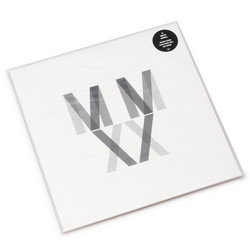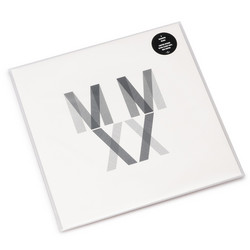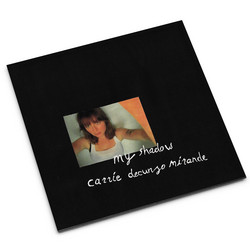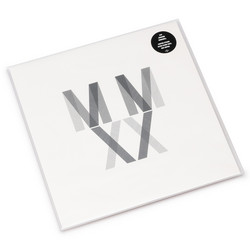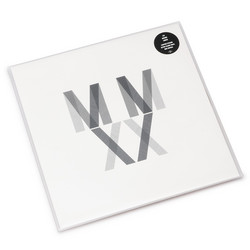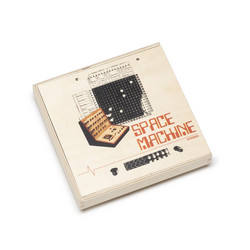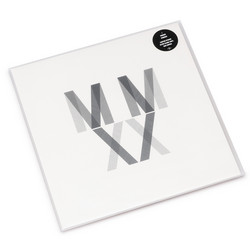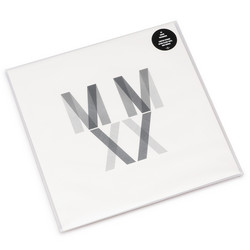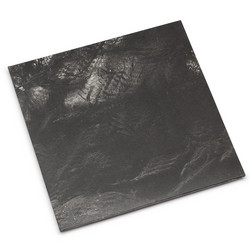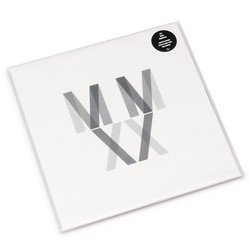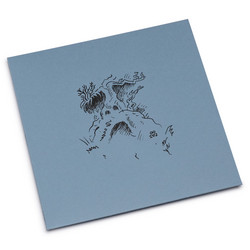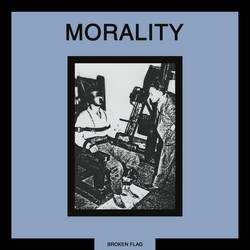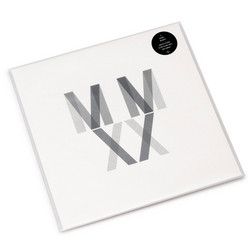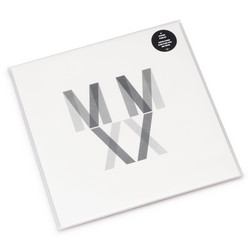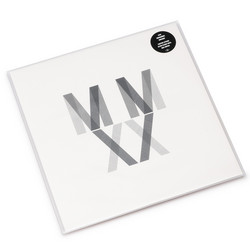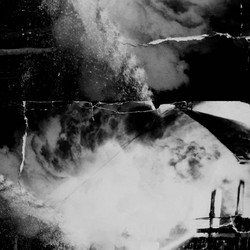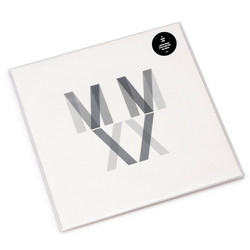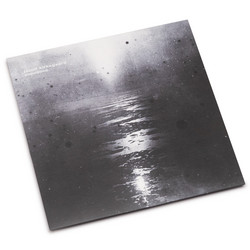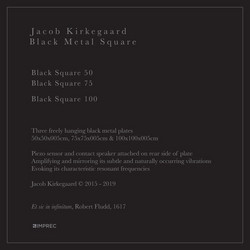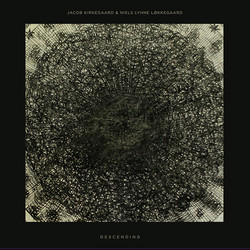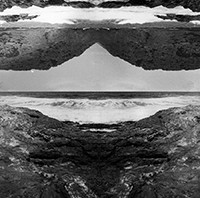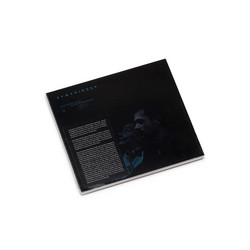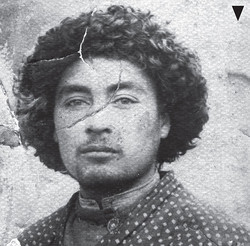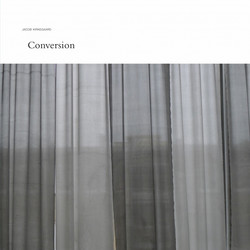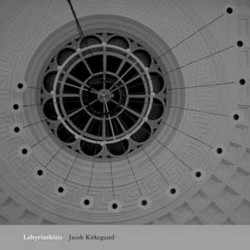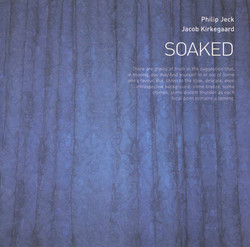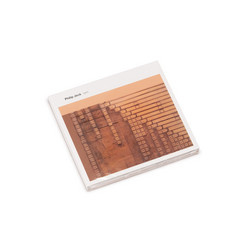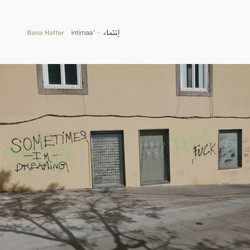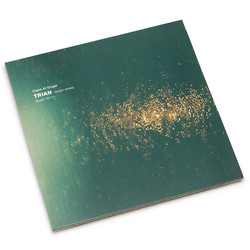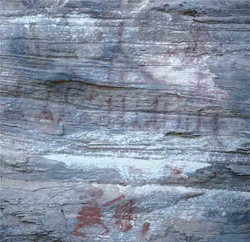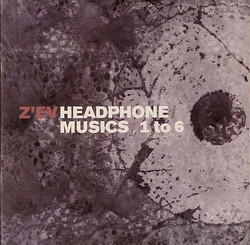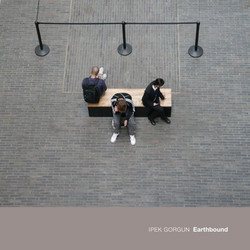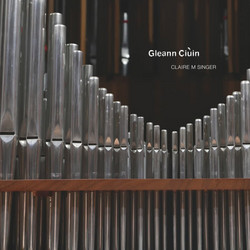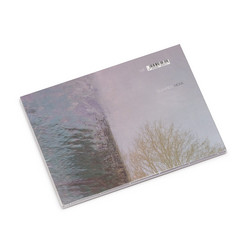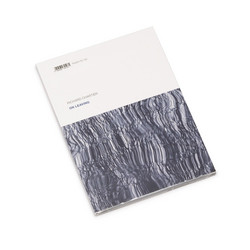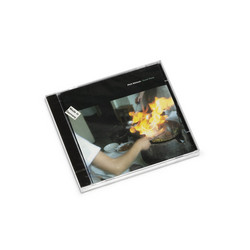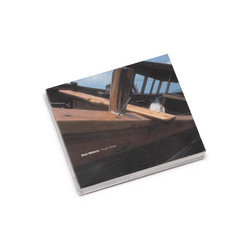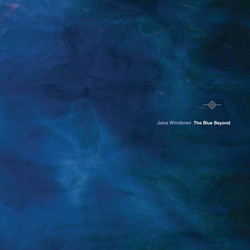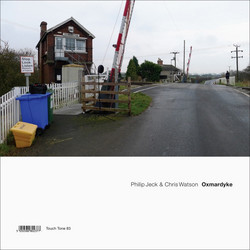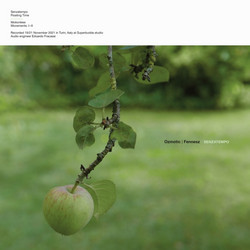This is Jacob Kirkegaard's second release for the Touch label, after Eldfjall. Born in Denmark, now living and working in Germany, here he explores one of the worst man-made disasters in history. The Chernobyl nuclear power plant exploded on April 26, 1986; clouds of radioactive particles were released, and the severely damaged containment vessel started leaking radioactive matter. More than 100,000 people were evacuated from the city and other affected areas. Despite the fact that radiation is still being emitted from the nuclear disaster site, the 900-year-old city of Chernobyl survives, although barely. As of 2004, government workers still police the zone, trying to clean up radioactive material. Some -- mostly elderly -- have decided to live with the dangers and have returned to their homes in the zone's towns and villages. The effects on the environment were catastrophic: huge areas of northern Europe were dosed with radioactivity. This work is a sonic presentation of four deserted rooms inside the "Zone of Alienation" in Chernobyl, Ukraine. Jacob Kirkegaard deliberately picked rooms that once were active meeting points for people: a church in village Krasno, an auditorium, a gymnasium and a swimming pool in Pripyat. Two decades after the event, Kirkegaard explores the phenomenon of radiation with the medium of sound. By listening to the silence of four radiating spaces he aims to unlock a fragment of the time existing inside the zone. Silence, unfolding in space. The sound of each room was evoked by sonic time layering: in each room, he recorded 10 minutes of it and then played the recording back into the room, while at the same time recording it again. This process was repeated up to ten times. As the layers got denser, each room slowly began to unfold a drone with various overtones. From a technical point of view, Kirkegaard's "sonic time layering" refers back to Alvin Lucier's work "I Am Sitting in a Room" (1970). Lucier recorded his voice in a space and repeatedly played this recording back into that same space. In this work, however, no voice is being projected into the rooms: during the recordings Kirkegaard left the four spaces to wait for whatever might evolve from the silence.

